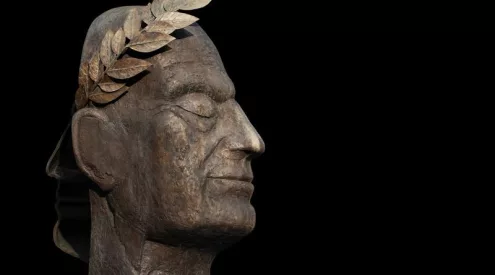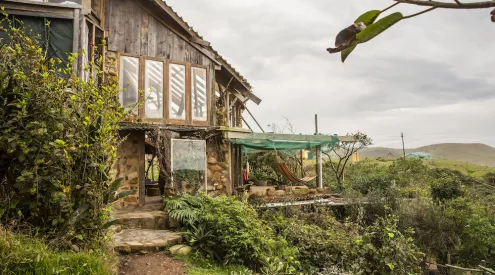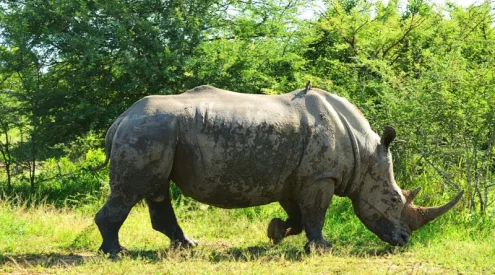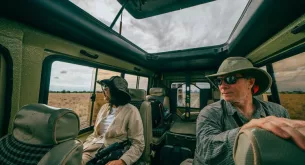Nothing represents South Africa’s diamond rush like The Big Hole. If you mention the name Kimberley to any South African, the knee-jerk reaction is something to do with the Big Hole.
Considered to be the largest hand-dug excavation in the world, this massive open pit was the site where thousands of prospectors came to seek their fortune mining diamonds from the rock with picks and shovels.
View this post on Instagram
Occupying 17 hectares, 463 meters wide, and a depth of 240 meters, the whole was dug between 1871 and 1914. By the time the mine closed, 2,722 kilograms of diamonds had been extracted from 22,5 million tons of excavated earth.
The mine was founded after an 83.50 carat diamond was found at Colesberg Kopje, and so miners flocked to start digging for their fortunes.
Initially called New Rush, it became known as the Kimberley Mine and now the Big Hole. It’s immense yield made it the world’s richest diamond mine for nearly a century.
The mine was originally made up of smaller companies which eventually became consolidated under the De Beers Consolidated Mines Limited in 1888, with Cecil John Rhodes and Barney Barnato at the helm.
Conditions in the open pit mine were dangerous, with many losing their lives to mining accidents.
De Beers closed all of its mines at the outbreak of World War I, and the Kimberley mine never re-opened. It eventually became the tourist attraction it is today.
The last bit of excitement seen by the Hole was in 2013, when a dog fell in leading to a full-on rescue mission in 2013. The dog, now named Kimberely, was adopted by one of her rescuers after she was fished out using a crane winch.
Sources: The Big Hole and The Solomon
Image: @NorthernCapeSA/Twitter
















